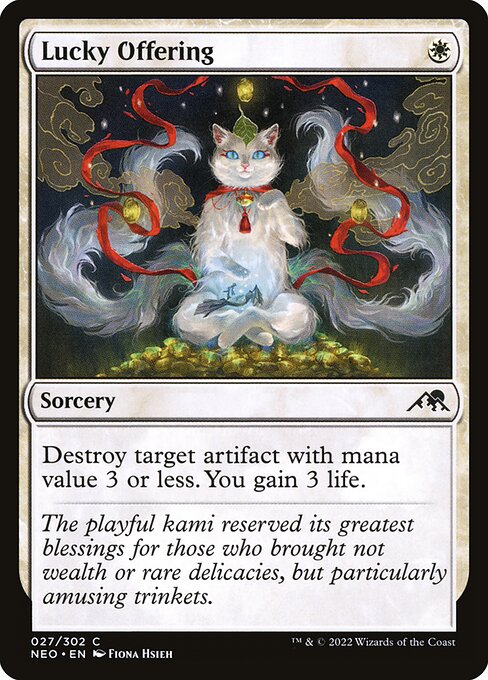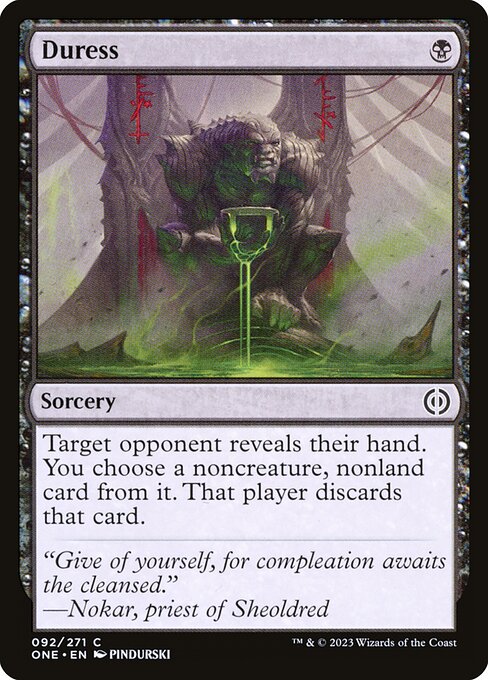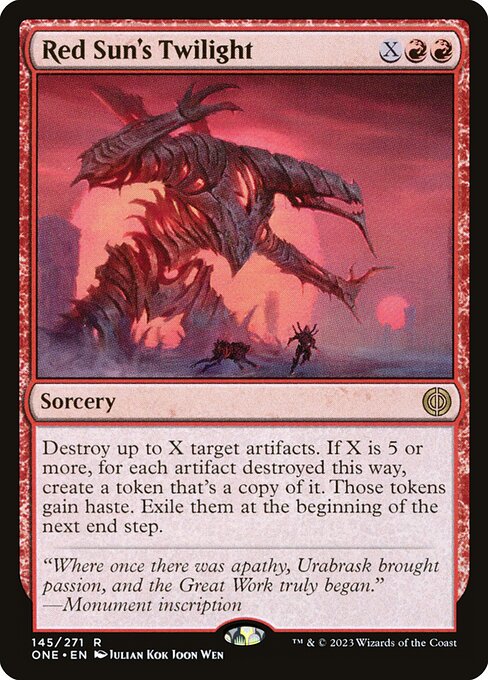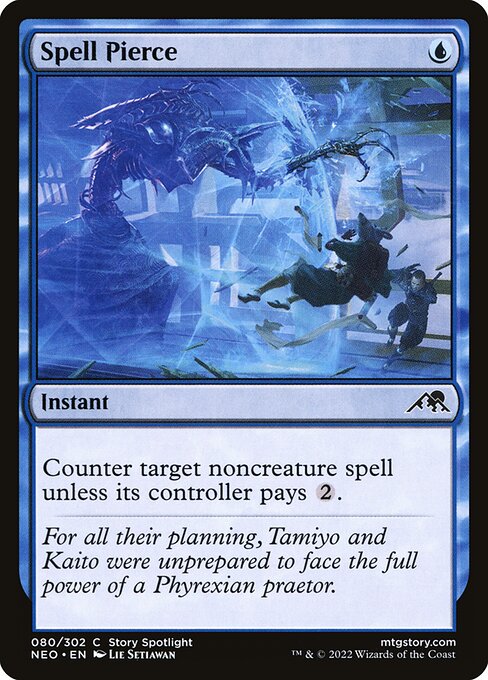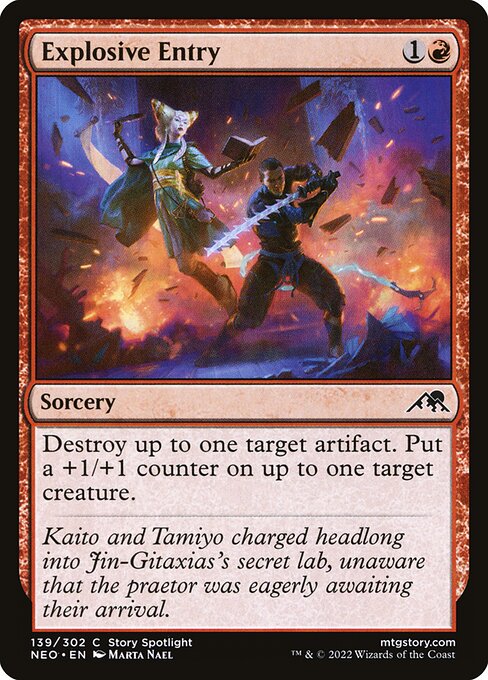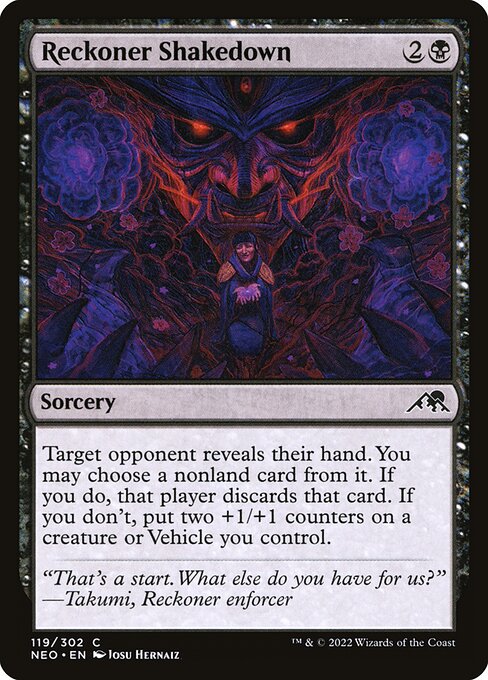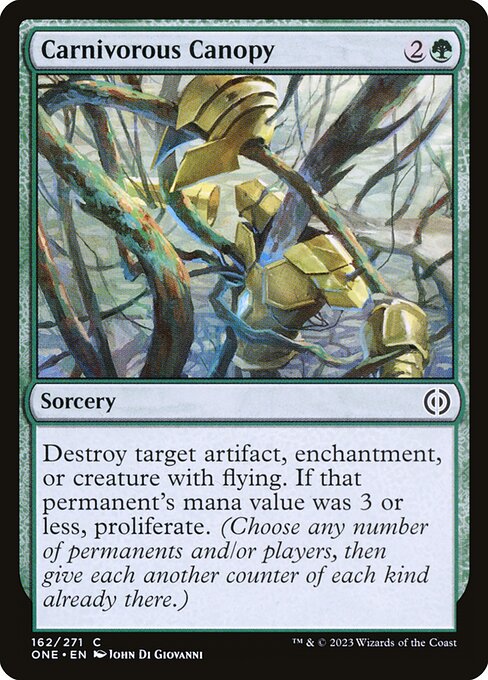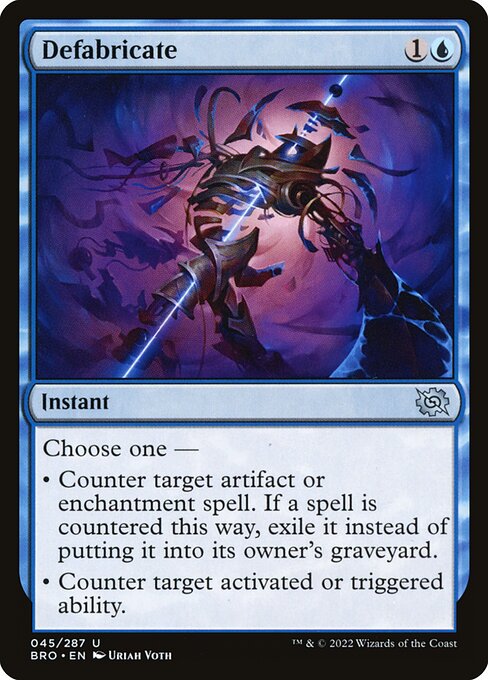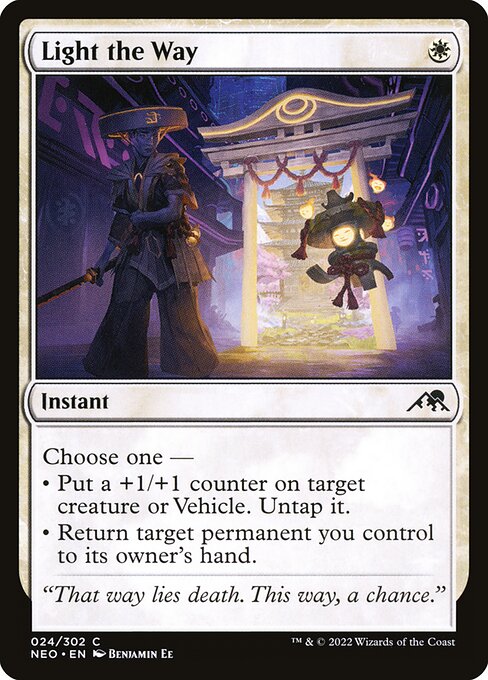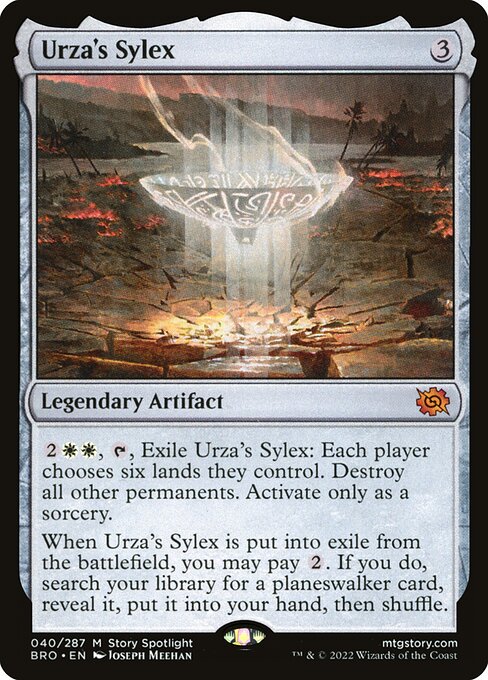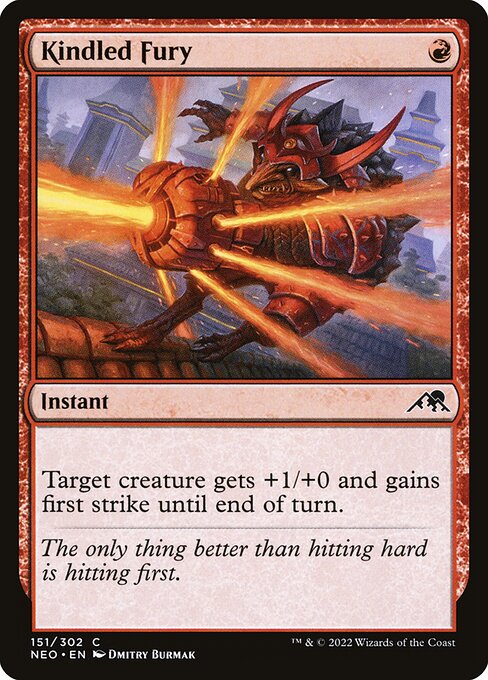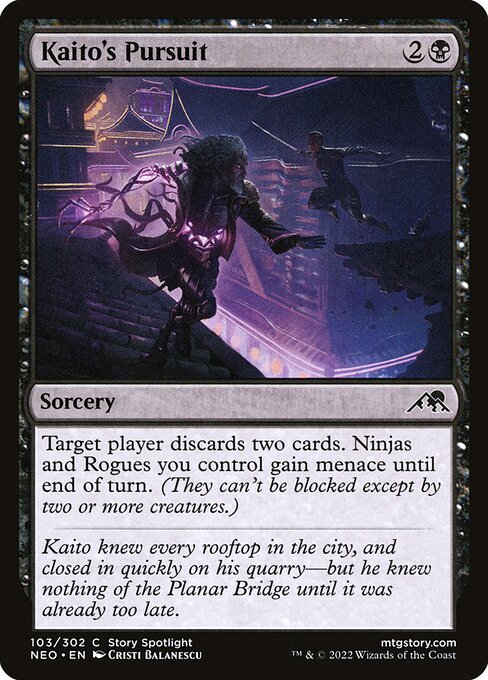Table of Contents
Data analysis in Limited is a helpful tool for figuring out what to do during draft, deck building or game play. Over the last few years I looked at different aspects of the game through the lens of data: wheeling cards, in-draft heuristics, impact of mana spending and card advantage on the outcomes of the game, reading signals. But one part of the game always eluded my attention. Sideboarding. Sideboarding guides in constructed are very sought after, without going into the argument how useful they can be. But in Limited sideboarding is often an afterthought. Yes, in set reviews cards will receive a “sideboard grade” but when it comes to data I didn’t see any analyses on which cards perform well in games 2 and 3 but should be avoided in game 1.
If there is something I do like it is a gap in knowledge. This article is a first attempt to look at how we should sideboard, what cards are best sideboard options and, equally importantly, which cards are underperforming in that aspect. As always I will be guided by 17Lands data, this time, quite understandably, data from Best-of-3 drafts from ONE and the last 6 sets.
How often do we sideboard?
This is a question that may be bizarre for constructed players, who sideboard in almost every game and if they don’t that probably means they can access their sideboards in every game through some sort of wish effect. But in Limited sideboarding is not a given. During the draft portion you prioritize cards that go into main deck and picking cards with the sole purpose of being in the sideboard is a luxury that can’t always be afforded.
One other key difference between constructed and limited is that in constructed you sideboard against decks. In limited most frequent type of sideboarding is against individual cards, or types of cards, as the archetypes are not as well defined as in constructed. You will sideboard enchantment/artifact removal if opponent showed you a couple of good targets, you will sideboard a reach creature if opponent has plenty of flying creatures, and you will sideboard in a conditional creature removal if you think opponent has multiple creatures that fulfil the condition of it.

As you can see on the figure above, this means that in most matches you actually play with the same 40 as in game 1. In almost 2/3 of the games 2 and 3 17Lands users didn’t side anything in. They may have nothing good to sideboard, they may have not seen the right targets for their sideboard cards or they were simply too lazy to think about what to do (I am frequently guilty of that). In 27% of games, players made one change compared to their starting deck, and in 6% they made two changes, but anything above that happens one in hundred games or even less. Looking at this data I instantly thought: do we sideboard often enough?
How to test it? I decided to check: do players who win more, sideboard more. If they do, probably players who do not pick sideboard cards often enough during the draft portion or players who click through the sideboarding step of a match (side note: it would be a great Arena feature if you could go back to sideboarding screen after you resubmit the deck), leave some equity on the table. To calculate that I looked at the win rate bins of players and their muliganning frequency.

The chart looks messy, but it does seem that better players are less likely to go to play game 2 without changing something in the deck, but the trend is very noisy and the size of that effect is not really large. To confirm the trend I also tested how frequently do players sideboard in exactly one card. Sideboarding one card in suggests that the player had few cards in their sideboard that were meant to be used as sideboard options.

And here we do have a much clearer trend. There is a significant increase in sideboarding with increase in player’s win rate. But how come the trend of sideboarding one card can be so clear and yet, the trend of not sideboarding at all is much more noisy? The answer is, players with lower win rates sideboard more cards more often, while players with higher win rates sideboard more frequently but most of the time only one card at a time. This can be for multiple reasons but if I were to gamble a guess, picking too many sideboard cards carries the price of making the main deck weaker and having a more streamlined deck leaves less wiggle room to change too many cards in one go without compromising the synergies and power.
One other thing that makes limited different from constructed is the amount of information needed for sideboarding. In constructed you will often know from turn one how to sideboard against the opponent just by seeing the land they played. In limited that will almost never be the case. Since your sideboard options will be very situational, you need to see if your sideboard cards are any good. This gave me idea to test if amount of information you see in game one has any bearing on the sideboarding strategies.
The idea is simple – the longer game one is, the more cards on average you will see, so the more informed your sideboarding choices will be. So I tested exactly that: what are the odds of sideboarding based on the length of the previous game.

As you can see, if game one was short, people sideboard less than a quarter of time, as the game goes longer, it becomes closer to 50%. The information acquired is essential for making the decision to include the card. There are several key advantages you can get from knowing it. Firstly – if your deck, or indeed the whole format is slower, you should pay more attention to the sideboard grade cards during the draft portion. You will get more information, so versatility that sideboard gives becomes more important.
Secondly, the quality of information decreases with time – meaning that the key points are not based on single cards, but on groups of cards – seeing one or two is enough and waiting longer to see a third, say, creature with flying, changes little in sideboarding decisions. This makes me feel that in shorter games you should be potentially more adventurous in sideboarding even with an imperfect information. Even if you think you didn’t see enough targets for your removal in a short game, maybe it is worth gambling on the fact that your opponent has a coherent plan and sideboard against that plan.
Sideboard stars
But what are the top sideboard cards from the last years? There is of course many ways to measure that. For example you can look at the cards that were only used as sideboarding cards. That is very easy to measure. If a card was used predominantly as a sideboard option, it will be rarely played in game one, but a lot in game 2. This is what I measured here: the ratio of play in game 2 and 1 in the last 6 sets. And across all those sets, these were the outliers:

I know. Most of them don’t ring a bell – and for a good reason. These are the cards you wouldn’t play a lot in best of one. In general, most of them fall into two categories: conditional removal and counterspells.
Eight of them target Artifacts. In recent years Artifacts were made reasonably powerful in Limited, but in quantities that were not sufficient to keep Artifact hate in the main deck or spread very unevenly across the archetypes, which makes playing such spells in the main deck quite risky. A card like Lucky Offering was amazing in Kamigawa: Neon Dynasty if you played against a red aggressive deck, and could singlehandedly win a game but if you were playing against a WG Enchantment deck, having it in your hand was practically a mulligan. That is why the graph above tells us more about what you shouldn’t main deck rather than about which cards are best sideboard cards.
To answer that, I took a different approach. I looked at the post-sideboard win rate compared to the win rate from game one (difference between game 2 win rate and game 1 win rate).

The first cards on the list are not only conditional removal. They are conditional sweepers. Such cards will win the games if played against a dedicated synergy deck – imagine destroying several of opponents permanents without losing a single one yourself. Not even a complimentary 2/2 bear will help opponents in such cases. Another interesting case on this list is Cut Your Losses. This card is potentially overplayed in the main deck, as mill strategies have a broad appeal. But Cut Your Losses is an excellent sideboard plan against slower controlling decks that do not plan to kill you quickly. Limiting opponents library to few cards may mean their clock is not going to be fast enough to kill you before they run out of cards in the library.
Few of the cards on the list are modal, but in regular games their modality is just not enough, because one of the modes is conditional, turning them into only half of their value. For example You find Some Prisoners is not good enough as a card draw from opponents deck, but if it can sometimes kill an important artifact and the card draw is a sort of emergency mode, the card becomes at least decent. Finding cards with such conditional modalities is useful for your sideboarding strategies.
Some cards, however, didn’t perform well after sideboard. Using the same metric as above, the win rate in game 2 was lower than the card’s win rate in game 1.

This list is very eclectic, making me think that cards bad for sideboarding are very format specific. Some cards, like the counterspell, could be pretty good in other formats, but in HGB it just didn’t work. Artifact removal in NEO was generally good, but for some reason in red it was not on the plan for the decks sideboarding it in, as they wanted to focus on ending games quickly rather than play attrition. At the same time Lucky Offering in the same format was very good, offering time and life to slower, white based decks. This result shows that sidebording, even though it does have some clear trends is still more of an art than an exact science.
If you are interested in the topic more in-depth, these data and more are available in my seminar on the topic:
Premium >
Enjoy our content? Wish to support our work? Join our Premium community, get access to exclusive content, remove all advertisements, and more!
- No ads: Browse the entire website ad-free, both display and video.
- Exclusive Content: Instant access to all exclusive articles only for Premium members, at your fingertips.
- Support: All your contributions get directly reinvested into the website to increase your viewing experience!
- Discord: Join our Discord server, claim your Premium role and gain access to exclusive channels where you can learn in real time!
- Special offer: For a limited time, use coupon code L95WR9JOWV to get 50% off the Annual plan!

























